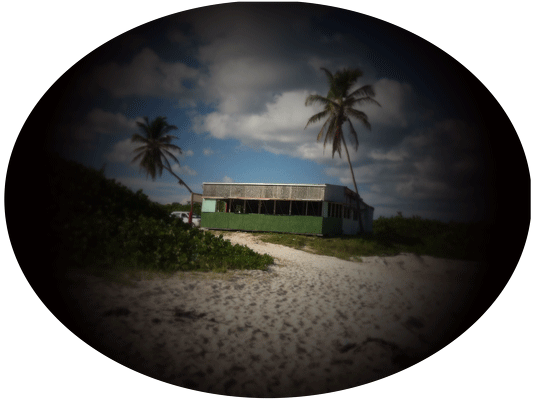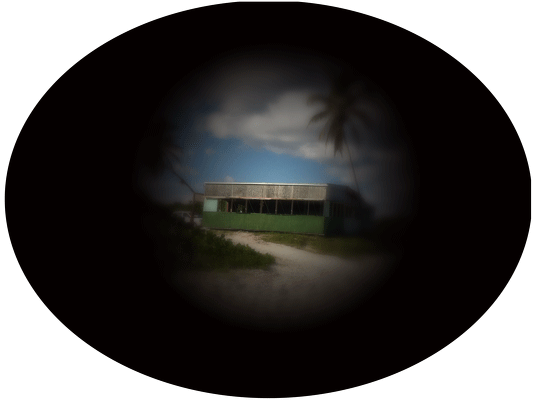Glaucoma is actually several diseases all which involve the watery fluid called aqueous humour that fills the eye in a way similar to the water can fill a balloon. This fluid gives the eye its round shape and supplies nutrients to various structures of the eye. Every day we make a small amount of new aqueous humour. In order to keep the amount of fluid within the eye unchanged we also drain off an equal amount. A delicate balance between the amount of fluid made and amount drained off is maintained by special mechanisms. Pressure can develop that is too high for the eye to tolerate and can cause damage to the optic nerve, which sends visual signals to the brain.
Drainage can fail in different ways, including:
-
Open angle glaucoma
-
Closed angle glaucoma
What is glaucoma?
Imagine that every night someone breaks into your house and steals a little bit of your vision, such a small amount that you don't even notice. Little by little, bit by bit, your world becomes smaller and smaller, until in the end, you've lost all your vision. This silent thief is called glaucoma and because it works so invisibly it requires special awareness in order to prevent permanent loss of vision.
Why choose Dr. Sunalp?
-
Glaucoma treatments include: SLT Laser, Ahmed Glaucoma Implant, Baerveldt Glaucoma implant, Canaloplasty, Trabeculectomy, Mini Express, LTP
-
Highly experienced physician
-
Trained at University of Southern California (USC)-top 10 in the USA
-
Board certified physician
-
Dr. Sunalp is a diplomat of the American Board of Ophthalmology, a Fellow of the American Academy of Ophthalmology, Fellow of the Royal College of Ophthalmology, England and a Fellow of the American College of Surgeons
-
We use state-of-the-art diagnostic equipment
-
SLT Laser in-house treatment
What are the symptoms of glaucoma?
Glaucoma can be difficult to detect because initially there are no symptoms. The eye can tolerate some increase in pressure without loss of function. With glaucoma peripheral vision is slowly lost. The effect is like that of entering a tunnel in which only a central area of the world can be seen at the far end of the tunnel. The tunnel vision continues to narrow down until vision is reduced to a tiny window. Eventually even this tiny window is lost and a person becomes blind.
How is glaucoma diagnosed?
There are a number of tests that we perform to evaluate your eye for the presence of glaucoma. The following table lists the most common:
The shape and color of the optic nerve
The complete field of vision
Visual field tests
The angle in the eye where the iris meets the cornea
Test
Tonometry
What it measures
Dilated eye exam
Gonioscopy
Pachymetry
The inner eye pressure
Thickness of the cornea
HRT
Healthy Nerve Fibers
Most tests just take few minutes and each one is important to establish both the pressure within your eyes and your body's response to this pressure.
How is glaucoma treated?
Treatments focus on lowering the pressure inside the eye. This can be done by reducing the amount of aqueous humor produced or draining the aqueous humor more effectively. From a patient's point of view management involves either medication, laser procedure or surgery.
Traditionally glaucoma is treated initially with medication. If medication cannot lower eye pressure laser treatment and surgery may be indicated.
At Sunalp Laser Vision we offer a complete range of services related to glaucoma from initial testing, to treatment with medication, laser treatment and, if necessary, surgery.
What
do our patients say?
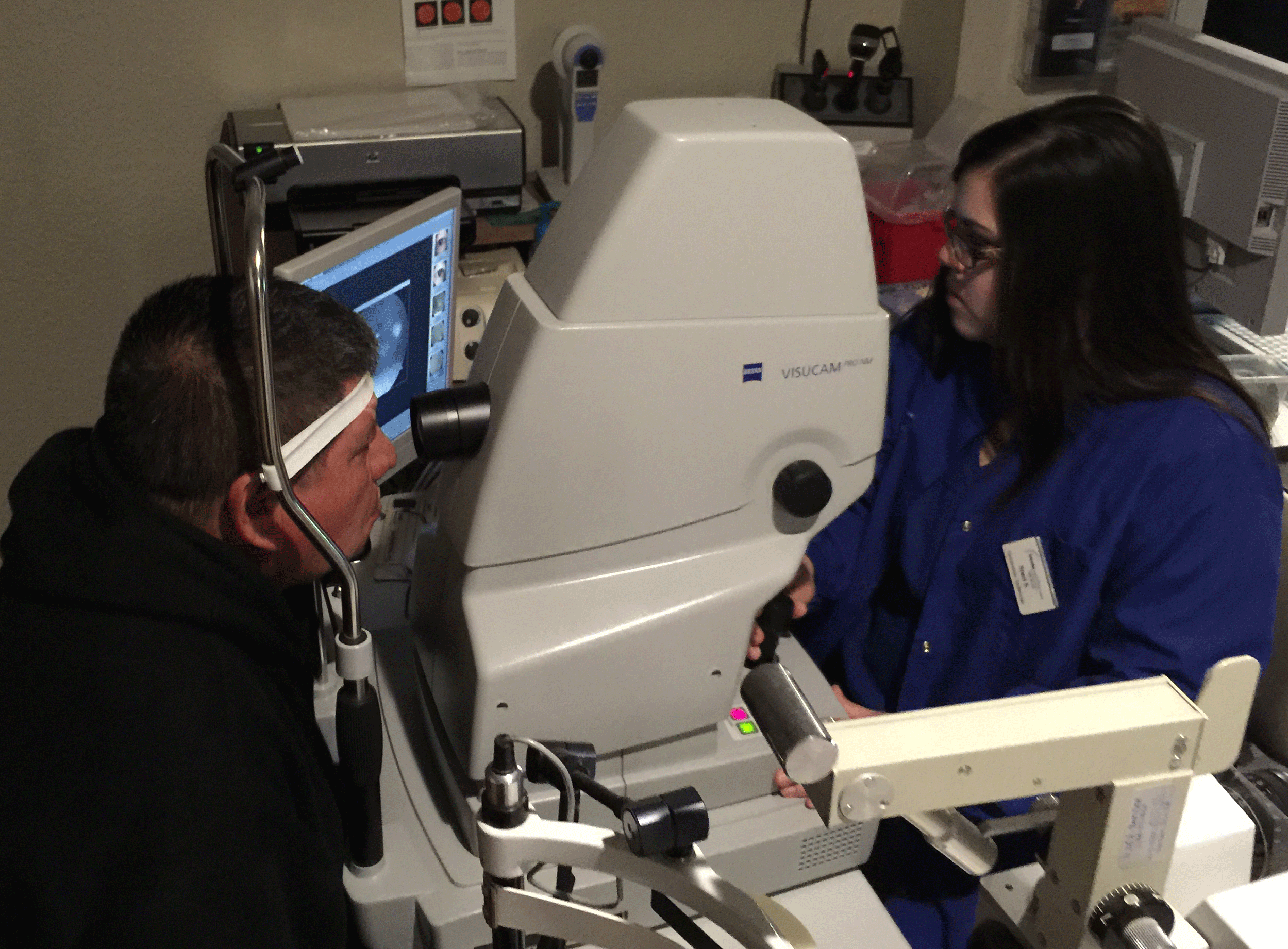
What are the surgical options offered?
Glaucoma SLT Laser
Selective Laser Trabeculoplasty or SLT for short, safely and effectively reduces intraocular pressure in a single office visit.
Prevention is the best medicine
Since there is no way to determine if glaucoma is under control, regular eye exams (every 3-4 months) are the most important in glaucoma prevention.
If you have experienced a loss of peripheral vision or are having other difficulties with your vision, call us at (559) 688-2020 and schedule your complete eye examination.
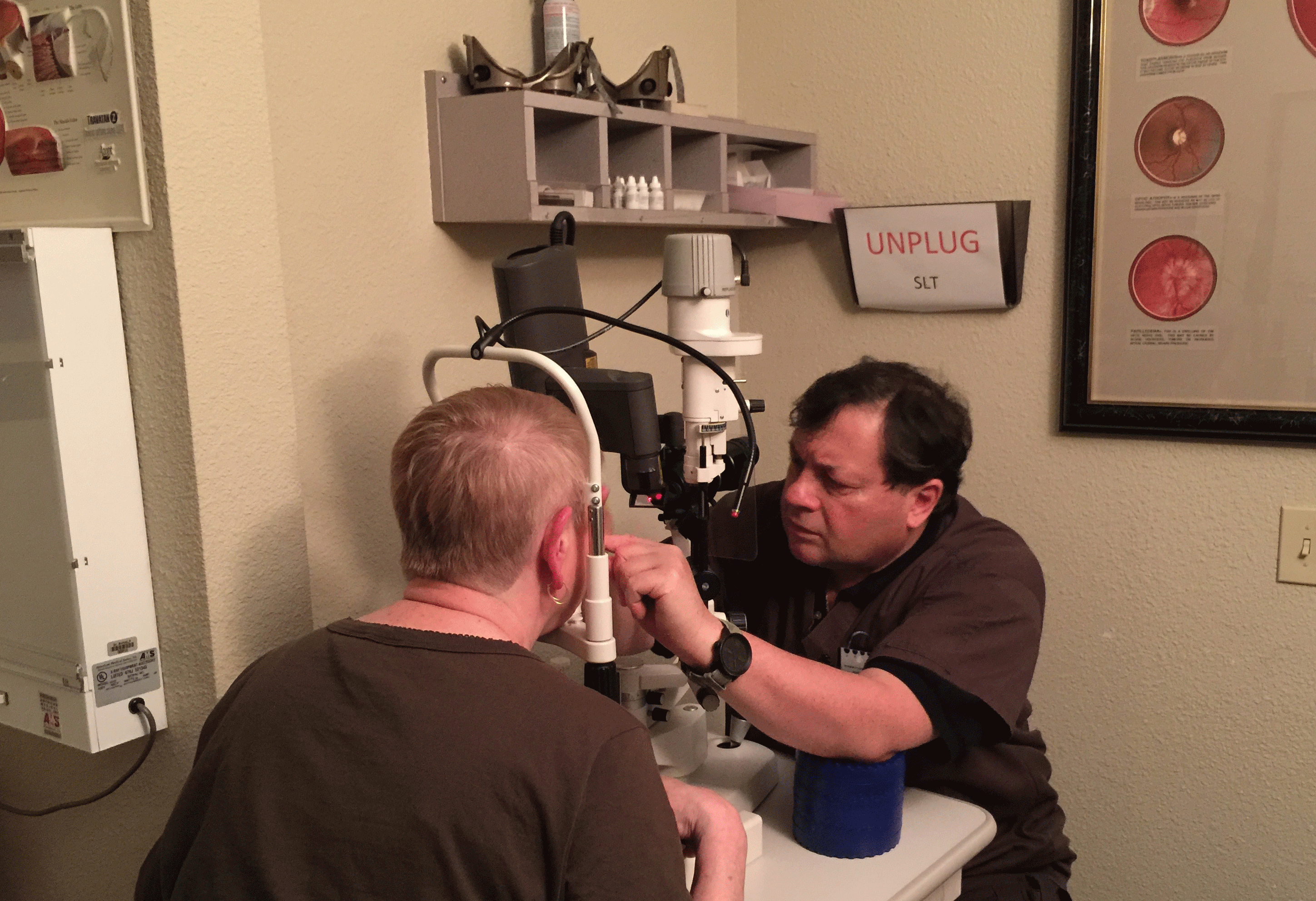
This is one of the most effective methods to achieve long term control of intraocular pressure. A small shunt (drainage pipe) that includes a tiny valve is implanted in the eye to drain off fluid when the pressure becomes too high. The valve controls the amount of fluid drained adjusting the amount according to the fluid pressure in the eye. By controlling drainage, normal pressure within the eye can be maintained.
Baerveldt Glaucoma Implant
This is a small shunt (drainage tube) that drains fluid into a storage sack. Unlike the Ahmed implant this device does not contain a valve.
Implant surgery is an outpatient procedure that takes about thirty minutes. Your eye will be anesthetized and you will receive mild pain medication following the procedure to keep you comfortable. You will also use eye drops temporarily until your eye completely heals. We will schedule you for follow-up exams in order to monitor pressure changes in your eye and ensure that your implant is working as it should.
This procedure takes advantage of the body's natural method of draining fluid from the eye. The location of the natural drainage system is the Canal of Schlemm. In a canaloplasty a tiny tube is placed within the canal of Schlemm in order to restore or improve the body's natural ability to drain eye fluid. Because it takes advantage of structures that are present in the eye it is less invasive than other forms of therapy.
Trabeculectomy / Mini-Express
In a traditional trabeculectomy a small opening is made in the front part of the eye to allow fluid to drain from the inside of the eye into an area covered by a thin, transparent membrane called the conjunctiva. This drainage forms a small blister. The fluid is then reabsorbed by the body.
An improvement on the traditional trabeculectomy is the placement of an Ex-PRESS mini shunt. Within the small opening made during a trabeculectomy a specialized tube is fitted. This ensures that the opening remains functional. Because the size of the tube is fixed, there is no danger of excess fluid drainage.
The many advantages of this treatment include:
-
Effective therapy with no systemic side effects
-
May be used as an initial, assistive or repeat therapy
-
Protects surrounding tissue
-
Reduces and may eliminate need for medication
-
Medicare reimbursed
The effect of laser therapy will generally last between 1-5 years. SLT Laser treatments can be done more than once, should repeat therapy be required.

Ahmed Glaucoma Valve Implant
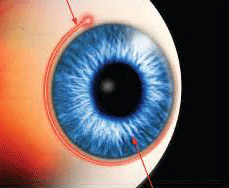
Canaloplasty




